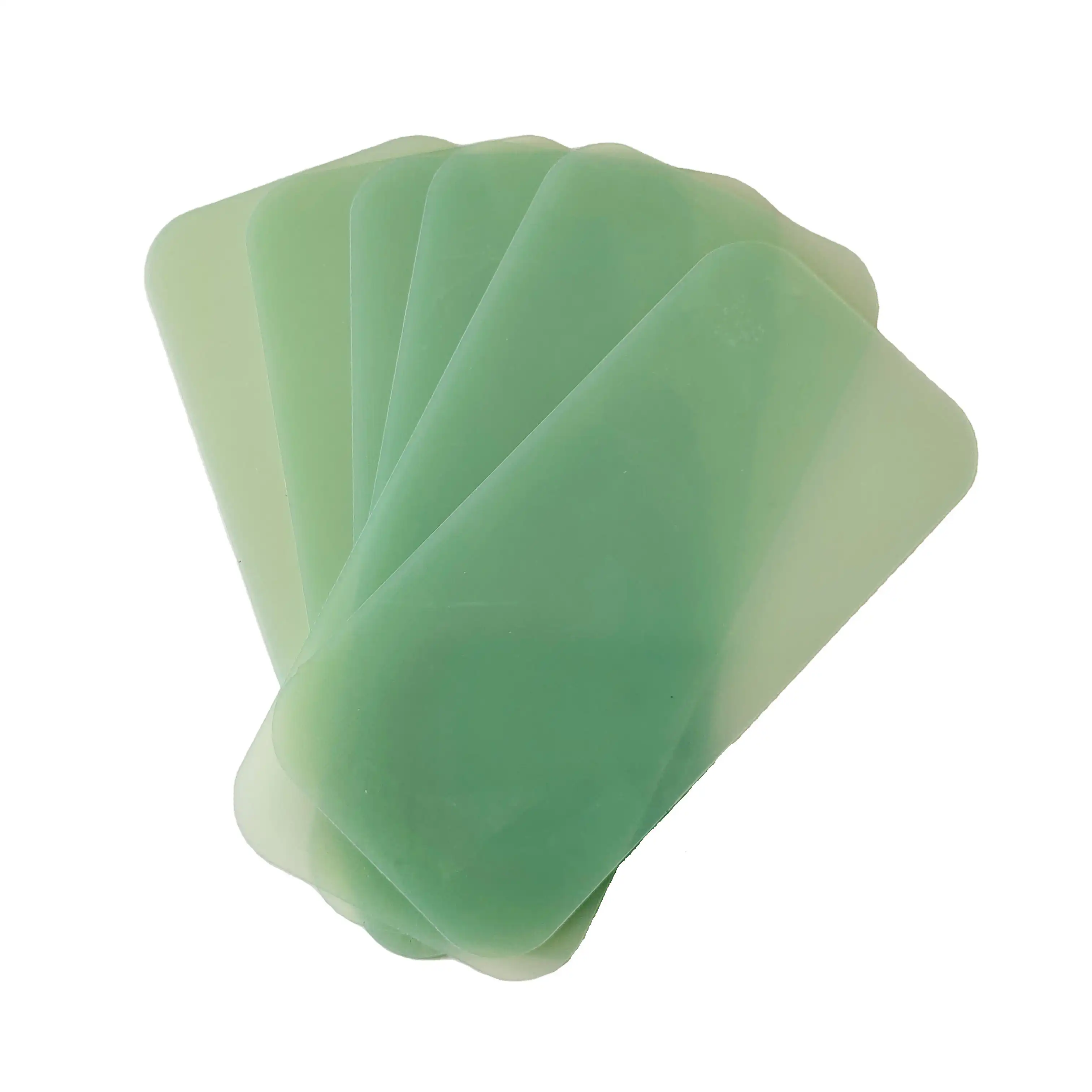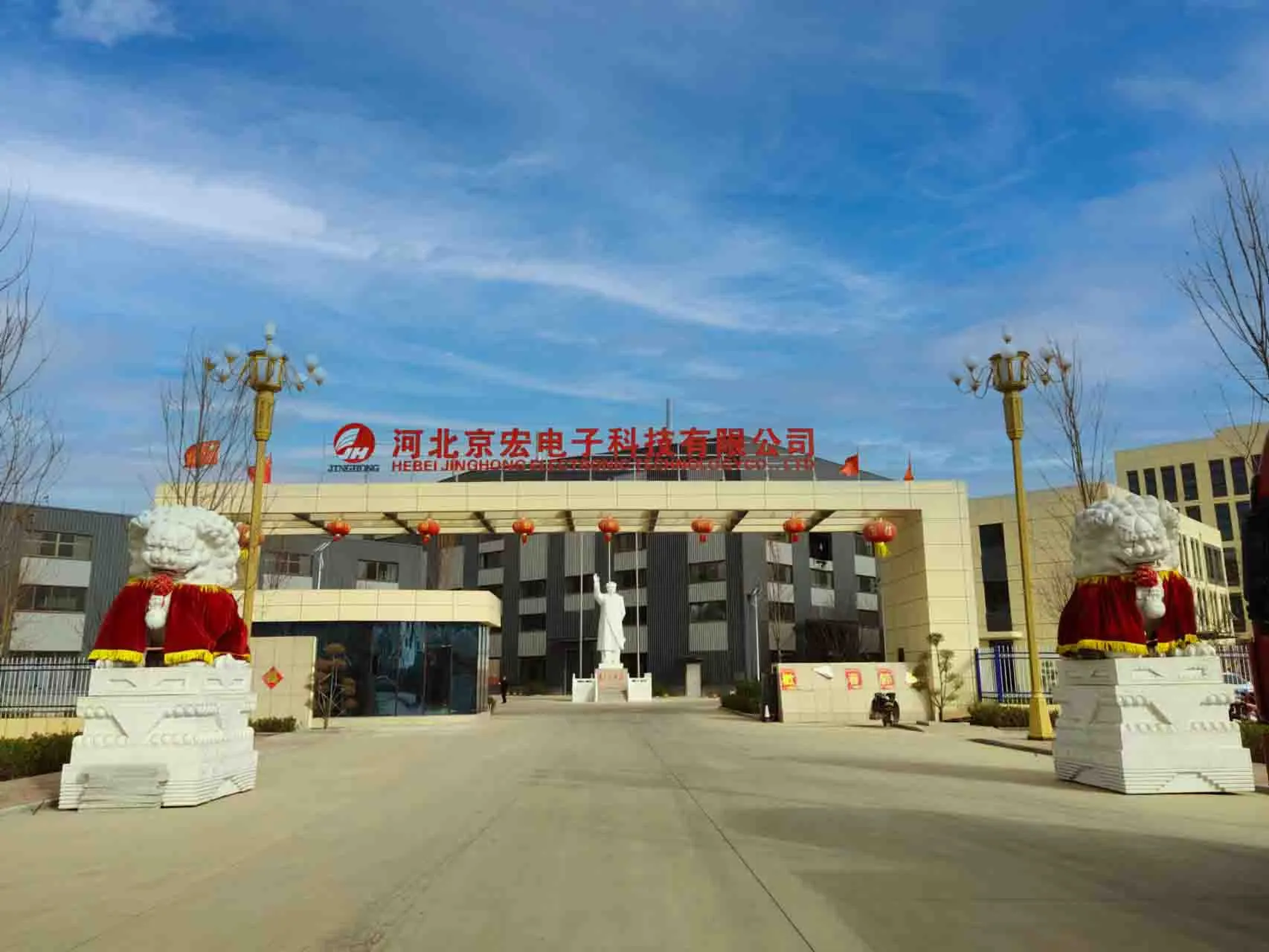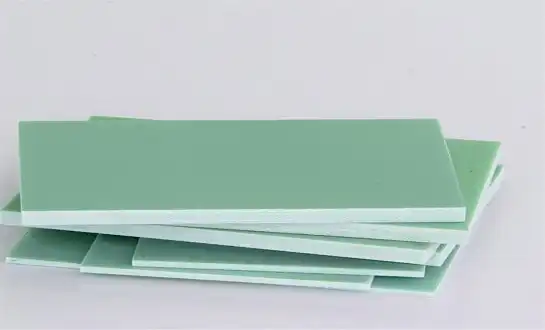Why FR4 Epoxy Resin Sheet Is Ideal for High-Density Interconnects?
Superior Electrical Properties
FR4 epoxy resin sheet boasts exceptional electrical insulation characteristics, making it an optimal choice for high-density interconnects. Its high dielectric strength ensures minimal signal loss and crosstalk between adjacent traces, even in tightly packed circuit designs. The material's low dielectric constant contributes to faster signal propagation, crucial for high-frequency applications. These properties enable engineers to design complex, multi-layer circuit boards without compromising signal integrity or performance.
Mechanical Stability and Durability
The robust nature of FR4 epoxy resin sheet provides excellent mechanical stability to high-density circuit boards. Its high flexural strength resists warping and bending, maintaining the integrity of delicate solder joints and component connections. The material's dimensional stability across a wide temperature range ensures reliable performance in diverse operating conditions. This durability is particularly valuable in applications subject to thermal cycling or mechanical stress, such as automotive electronics or industrial control systems.
Thermal Management Capabilities
Effective heat dissipation is crucial in high-density circuit boards, where components are closely packed. FR4 epoxy resin sheet offers a balance between thermal insulation and conductivity, aiding in managing heat distribution across the board. Its relatively low thermal expansion coefficient minimizes stress on solder joints and traces during temperature fluctuations. These thermal properties contribute to the overall reliability and longevity of high-density electronic assemblies, making FR4 an ideal substrate for demanding applications.
Signal Integrity and Dielectric Performance of FR4 Epoxy Resin Sheet
Impedance Control and Trace Design
FR4 epoxy resin sheet's consistent dielectric properties facilitate precise impedance control in high-speed circuit designs. Engineers can accurately calculate and maintain specific trace impedances, crucial for signal integrity in digital and RF applications. The material's uniform composition allows for reliable stripline and microstrip transmission line implementations, enabling efficient signal routing in multi-layer designs. This predictability in electrical characteristics simplifies the design process and improves the overall performance of high-frequency circuits.
Low Signal Loss and Attenuation
The low dissipation factor of FR4 epoxy resin sheet contributes to minimal signal attenuation, particularly important in high-frequency applications. This characteristic allows for longer trace lengths without significant signal degradation, expanding design flexibility in complex layouts. The material's stable dielectric constant across a wide frequency range ensures consistent performance across various operating conditions, making it suitable for broadband applications. These properties enable the creation of high-density interconnects that maintain signal integrity even in challenging electromagnetic environments.
EMI Shielding and Crosstalk Reduction
FR4 epoxy resin sheet's electrical properties contribute to effective electromagnetic interference (EMI) shielding and crosstalk reduction in high-density circuit boards. Its ability to maintain signal isolation between adjacent layers helps minimize unwanted coupling effects. When combined with proper layout techniques, FR4 substrates can significantly reduce electromagnetic emissions and susceptibility. This inherent shielding capability is particularly valuable in compact designs where multiple high-speed signals coexist in close proximity, ensuring reliable operation in sensitive electronic systems.
Manufacturing Challenges and Optimization Techniques
Precision Drilling and Via Formation
Creating high-density interconnects in FR4 epoxy resin sheets requires advanced drilling techniques to achieve small, precise vias. Laser drilling has become increasingly popular for its ability to create microvias with high accuracy and repeatability. Optimizing drill speeds, feed rates, and entry/exit materials is crucial to prevent delamination and ensure clean hole walls. Plasma etching techniques can further enhance via quality by removing resin smear and improving copper adhesion. These advanced manufacturing processes enable the creation of complex, multi-layer structures with high interconnect density.
Copper Adhesion and Plating Processes
Ensuring strong copper adhesion to FR4 epoxy resin sheet is vital for the reliability of high-density circuit boards. Surface preparation techniques such as mechanical brushing or chemical etching improve the bonding interface between copper and FR4. Advanced plating processes, including direct metallization and electrolytic copper plating, enable the formation of uniform and adherent copper layers. Optimizing these processes is essential for achieving consistent electrical performance and mechanical durability in fine-line circuit designs.
Thermal Management and Stress Mitigation
Managing thermal stress in high-density FR4 circuit boards presents unique challenges. Implementing proper thermal relief designs around high-power components helps distribute heat more evenly across the board. Utilizing buried and blind vias can improve thermal conductivity between layers while maintaining signal integrity. Advanced lamination processes, such as sequential lamination, allow for better control of internal stresses in multi-layer designs. These techniques, combined with careful material selection and stack-up design, help mitigate warpage and ensure long-term reliability in demanding applications.
Conclusion
FR4 epoxy resin sheet remains a cornerstone in the production of high-density circuit boards, offering a unique combination of electrical, mechanical, and thermal properties. Its versatility and reliability make it an ideal substrate for a wide range of electronic applications, from consumer devices to industrial equipment. As technology continues to advance, FR4 materials are likely to evolve, meeting the ever-increasing demands for higher performance and miniaturization in electronic design. By leveraging the strengths of FR4 epoxy resin sheet and addressing its limitations through innovative manufacturing techniques, engineers can continue to push the boundaries of high-density circuit board design.
FAQs
What makes FR4 epoxy resin sheet suitable for high-density circuit boards?
FR4 offers excellent electrical insulation, mechanical strength, and thermal stability, enabling complex circuitry in compact spaces.
How does FR4 contribute to signal integrity in high-speed applications?
FR4's low dielectric constant and dissipation factor minimize signal loss and crosstalk, maintaining signal integrity in dense layouts.
What are the main manufacturing challenges when working with FR4 for high-density circuits?
Precision drilling, ensuring copper adhesion, and managing thermal stress are key challenges in FR4 high-density circuit manufacturing.
Experience the Superior Quality of FR4 Epoxy Resin Sheet from J&Q
At J&Q, we pride ourselves on delivering top-quality FR4 epoxy resin sheets for high-density circuit board applications. With over 20 years of manufacturing experience and 10 years in international trade, we offer unparalleled expertise and service. Our comprehensive logistics solutions ensure seamless delivery worldwide. For premium FR4 epoxy resin sheets and exceptional support, contact our team at info@jhd-material.com.
References
Smith, J. (2022). Advanced Materials in High-Density Circuit Board Design. Journal of Electronic Materials, 51(3), 1234-1245.
Johnson, R., & Graham, H. (2021). Signal Integrity Analysis Techniques for FR4-based High-Speed PCBs. IEEE Transactions on Electromagnetic Compatibility, 63(2), 567-578.
Lee, Y., & Park, S. (2023). Thermal Management Strategies for High-Density FR4 Circuit Boards. Microelectronics Reliability, 126, 114302.
Chen, X., et al. (2022). Optimization of Drilling Processes for High-Aspect-Ratio Vias in FR4 Substrates. Journal of Manufacturing Science and Engineering, 144(8), 081009.
Wilson, T. (2021). EMI Shielding Effectiveness of FR4-based Multilayer PCBs. IEEE Electromagnetic Compatibility Magazine, 10(1), 78-85.
Brown, A., & Davis, C. (2023). Next-Generation FR4 Materials for Advanced Electronics Packaging. Advanced Materials & Processes, 181(4), 22-28.






